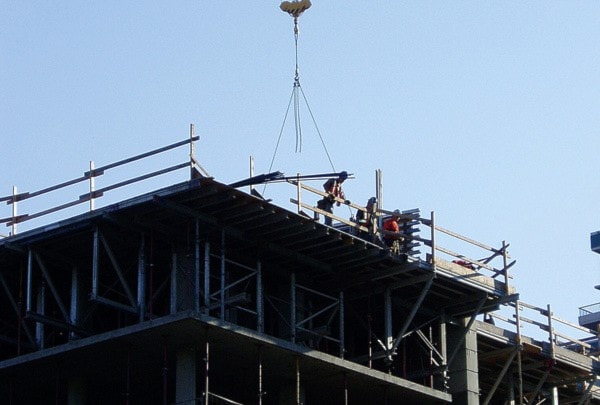VICTORIA – Property assessment statements are in the mail this week, showing slight drops in estimated property values for most regions of the B.C.
Despite the decreases, Finance Minister Mike de Jong announced Wednesday that the threshold for the B.C. homeowners' grant is increasing by $10,000 to $1.295 million.
The grant is set to make 95.5 per cent of homeowners eligible for the full amount, which is $570 in the Capital, Greater Vancouver and Fraser Valley regional districts. The northern and rural benefit adds an extra $200 for homeowners outside those districts, an amount added to compensate rural people for extra costs of the carbon tax on fossil fuels.
An additional grant of $275 is available to homeowners who are aged 65 and up, permanently disabled or qualified war veterans.
Assessments are considered a snapshot of the property value as of July 1, 2012, which predates some of the recent decline in real estate markets.
In Greater Victoria, most homeowners will see reductions in the range of two to six per cent.
"A significant number of properties in the region are actually decreasing in value," said Reuben Dankody, assessor for the Capital Region. "Since our valuation date of July 1, 2012, the overall property market shows signs of further decline in sales volume, while prices have generally been stable."
In the Kootenays, total assessment roll value decreased slightly in Nelson, Salmo and Slocan, while rural property values held steady. Cranbrook also saw a small average decline, with assessed value of a typical single-family home going from $256,000 to $250,000 as of last summer.
Property values generally remained stable in the Okanagan, with changes from five per cent up to five per cent down depending on location and type of property.
In the Northwest, Terrace bucked the trend with a slight average increase in assessed values. In Smithers and surrounding communities, residential values generally held steady while commercial and industrial properties saw decreases between five and 20 per cent.
Property owners can check their assessments online here and compare with others in their neighbourhood to decide if they wish to file an appeal by Jan. 31.
Appeal requests go to independent property assessment review panels that convene in February.
Changes in the property tax payable depends on the actual tax rates to be set by each local municipality, so a home that's assessed five per cent higher might not pay any more in tax if the average assessment in the city rose 10 per cent and the local council sets its rate to generate a smaller tax revenue increase.
The total assessed value of real estate in B.C. rose 2.3 per cent from a year ago.
Most cities are seeing gains of around 1.5 per cent in their assessment rolls from new construction, expanding their tax base.
